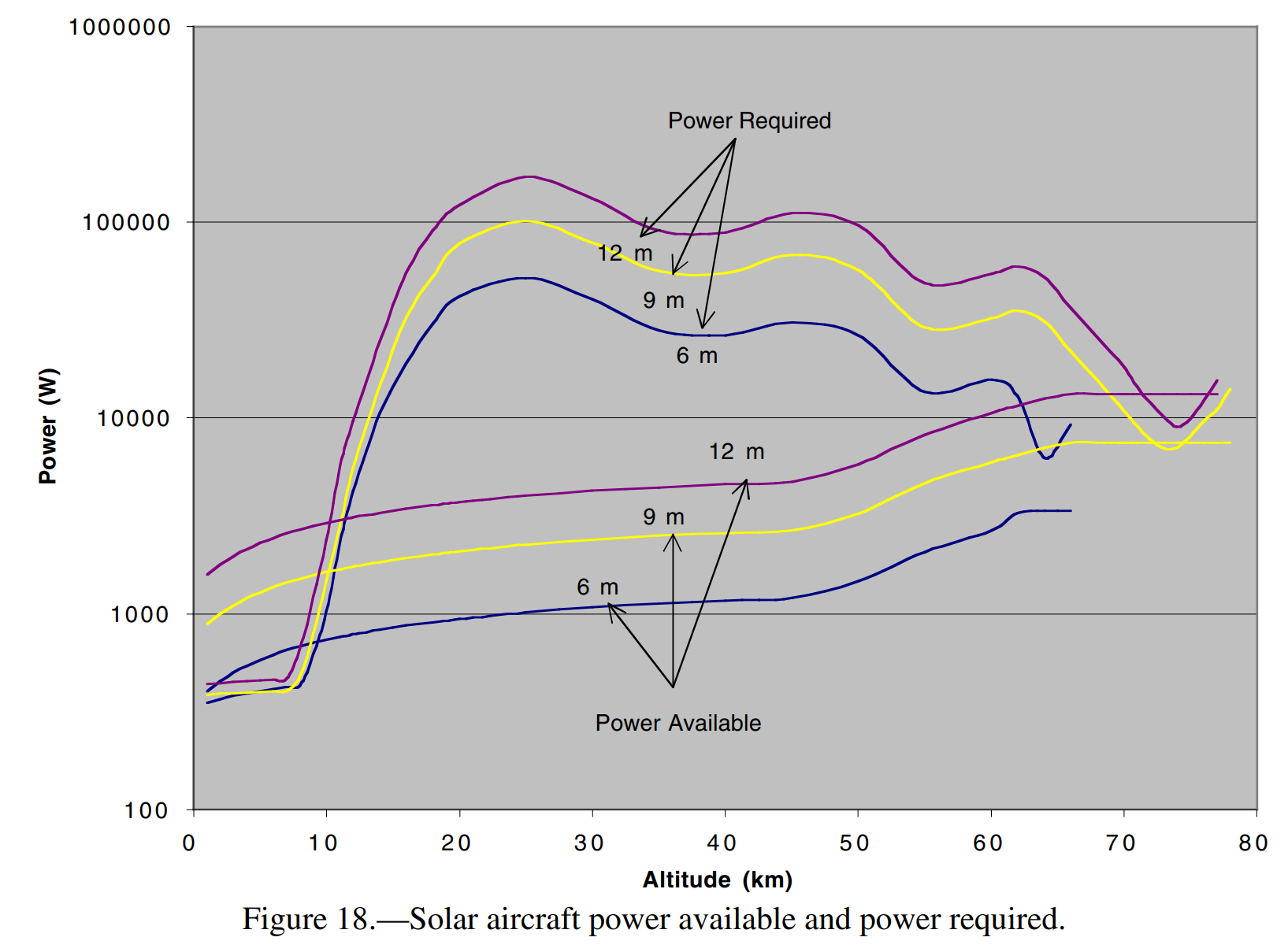Thanks to one of the links in the comments above, I was able to discover that NASA wrote a fairly detailed 27 page report back in 2004 on their investigation of this idea.
The synopsis says
Solar powered flight within the Venus environment from the surface to the upper atmosphere was evaluated. The objective was to see if a station-keeping mission was possible within this environment based on a solar power generating system. Due to the slow rotation rate of Venus it would be possible to remain within the day light side of the planet for extended periods of time. However the high wind speeds and thick cloud cover make a station-keeping solar powered mission challenging. The environment of Venus was modeled as a function of altitude from the surface. This modeling included density, temperature, solar attenuation and wind speed. Using this environmental model flight with both airships and aircraft was considered to evaluate whether a station-keeping mission is feasible. The solar power system and flight characteristics of both types of vehicles was modeled and power balance was set up to determine if the power available from the solar array was sufficient to provide enough thrust to maintain station over a fixed ground location.
In the conclusion of the report, the author says
Aircraft operation within the upper atmosphere would be the best choice for a solar powered air
vehicle on Venus. At the altitude range where it can operate and station-keep, it is cold (-53 °C) [Note: corrected missing minus sign typo in original report] and there is abundant sunlight. The cold temperature operation will enhance the performance of the solar array and the full solar spectrum is available so that conventional solar cells will operate fine. The small operational altitude range would seem like a disadvantage. However it should be understood that this is the range in which the aircraft can fly faster then the wind. This doesn’t mean it cannot fly outside this range, just that
if it does it will gradually be blown backward by the wind. So the aircraft could conceivably descend to lower altitudes (even into the cloud layer) for brief periods of time then ascend to its operational altitude range where it can regain any ground lost during flight at lower altitudes.
The study calculated the power required and power available as a function of altitude, which is shown for 6 m, 9 m, and 12 m wing spans in the figure below.

Even using 2004-era technologies, the author concluded that it should be possible to design a solar powered aircraft that would be able to stay on station while flying at altitudes between 69 km and 77 km in Venus's atmosphere.
In this study, the author assumed:
- A solar cell efficiency for thin film solar cells of 18 percent at 20 °C,
- A battery has energy density of 150 W-Hr/kg.
Despite mentioning that solar panels would perform better at colder temperatures in his conclusions, the author's analysis did not appear to account for the solar panel's temperature efficiency factor. At the temperature (-54 °C) at the proposed operational altitude (74 km) of the aircraft, by my analysis, it should be possible to achieve closer a solar panel efficiency close to 40% with today's technology.
Since solar panel efficiencies, electric motor efficiencies, and composites have all improved during the last 20 years, this mission concept is likely to be even more feasible today than it was back in 2004.
